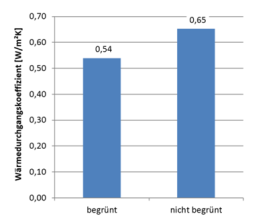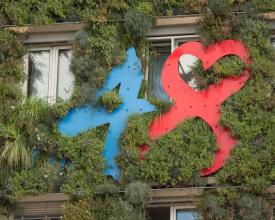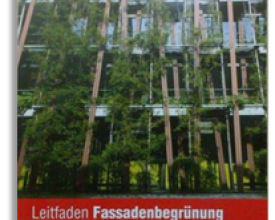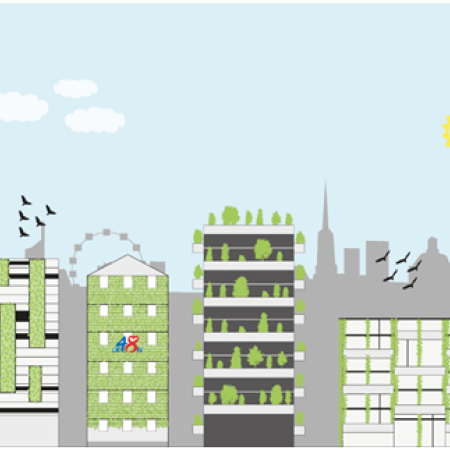
Fachada verde para amortiguar la ola de calor en un edificio de la administración pública de Viena
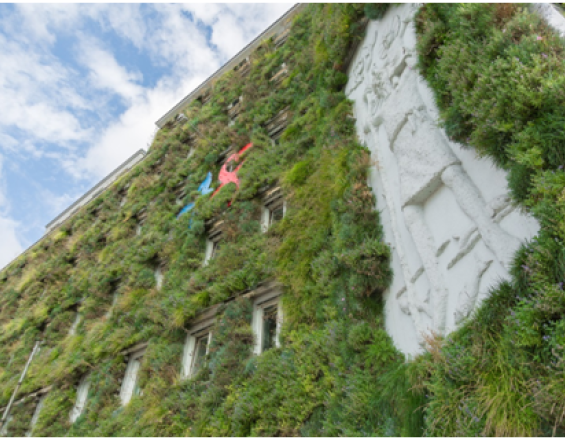
El cambio climático puede provocar islas de calor en las ciudades, lo que afecta a la salud pública y a las infraestructuras. Por ello, Viena desarrolló un programa pionero de ecologización de edificios, incluida la fachada del departamento de gestión de residuos, para investigar los efectos en el flujo de calor en invierno y la influencia en las pérdidas por transferencia de calor y la demanda de calor del edificio. Las fachadas también debían crear nichos ecológicos para insectos y aves e influir positivamente en el clima interior y exterior del entorno.
Contexto
Défis à relever
Ubicación
Procesar
Resumen del proceso
Bloques de construcción
Guía didáctica de apoyo a la ecologización de fachadas
Factores facilitadores
Lección aprendida
Recursos
Compartir riesgos y responsabilidades en una asociación público-privada
Factores facilitadores
Lección aprendida
Impactos
En total, se montaron 850 metros cuadrados de fachada, sumando 2.850 metros con unas 17.000 plantas (principalmente vivaces, gramíneas y hierbas) y aumentando los valores de amenidad de la zona para la comunidad circundante. Como proyecto piloto, la ecologización de la fachada del edificio sirvió principalmente para avanzar en el estado de los conocimientos sobre los efectos potenciales de una medida EbA de este tipo. En el marco de este proyecto de investigación (2016, TU Wien, Korjenic en nombre de MA 22), la fachada verde y su monitorización sirven como primer paso hacia definiciones claras de los efectos del reverdecimiento de la fachada sobre la demanda de calor. La parte verde de la pared también ha mejorado el aislamiento térmico en un 21% (véase la figura 2) y ha provocado un cambio en las pérdidas anuales por transmisión de 54,7 kWh a 45,1 kWh por metro cuadrado de pared exterior verde. Aunque los efectos sobre la biodiversidad y el funcionamiento del hábitat aún requieren más estudios e investigaciones, se estima que son positivos. También se ha producido un fuerte aumento de los niveles de concienciación sobre este tema entre planificadores, residentes y promotores.
Beneficiarios
Objetivos de Desarrollo Sostenible
Historia


